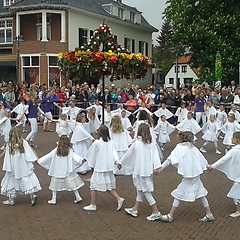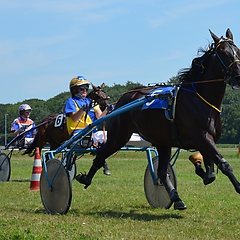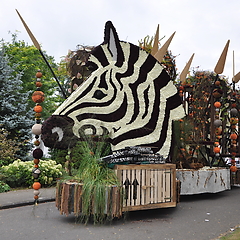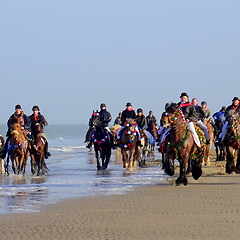Every year, from December 27th up to New Year’s Eve, a part of the population of Scheveningen is busy organising two large bonfires, the one of the Noorderstrand (northern part of the beach) and the one of Duindorp. Scheveningen Noorderstrand herewith combats the southern part of the beach, Duindorp, to decide who can build the highest bonfire. The winner of this tradition may hold the title ‘highest bonfire of the Netherlands’ for a year. These gigantic bonfires are simultaneously lit on New Year’s Eve. The last days of December are used to stack the ten thousands of pallets that have been brought to the beach, according to a particular system. Many people take days off in this week, especially to be able to help. The pallets that land on the stack are mainly bought from pallet dealers, but there are also dealers who give the pallets for free. The construction of the bonfire happens not only in daytime, but people are also working in the evening and at night, whatever the weather conditions. Around midnight on New Year’s Eve the moment comes: the enormous stack is lit and everyone celebrates the turn of the year together. The whole of Scheveningen gathers on the beach to celebrate the new year.



